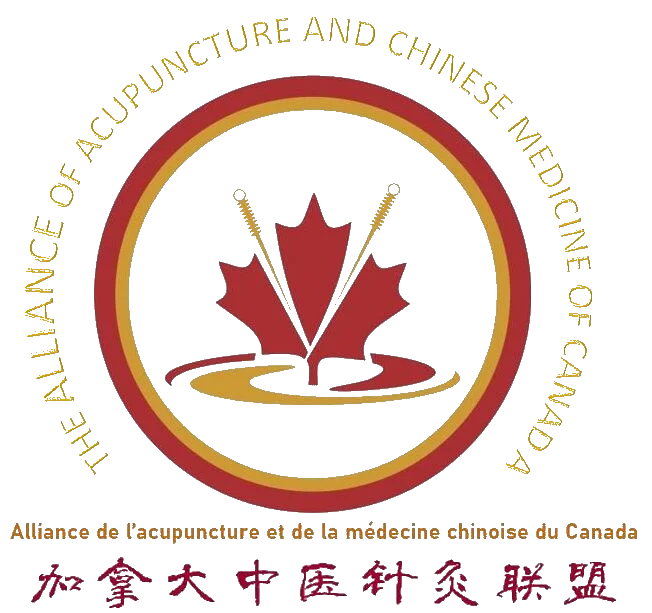Dr. Huang Guo Jian
Training Date: June 09, 2024
Dr. Huang Guojian entered the Department of Traditional Chinese Medicine at Nanjing University of Chinese Medicine (now Nanjing University of Chinese Medicine) in 1983. In 1988, he began working at Jiangsu Provincial Hospital of Traditional Chinese Medicine. In 1991, he pursued a master's degree in Chinese-Western Medicine Integration at Nanjing University of Chinese Medicine and entered the doctoral program in Chinese-Western Medicine Integration at China Academy of Chinese Medical Sciences, China Union Medical College, in 1994, engaging in basic research on Chinese and Western medicine integration therapy. In 1998, he was employed as a postdoctoral researcher at the University of Manitoba, Canada. Since 2005, he has been operating the An Kang Traditional Chinese Medicine Acupuncture and Rehabilitation Center in Winnipeg, Canada. He has edited and published several books, including "Practical Monographs for Disease Treatment", "Comprehensive Application of Traditional Chinese Medicine Monographs", and "Comprehensive Application of Acupuncture Monographs", and has published dozens of academic papers both domestically and internationally. He specializes in the application of MRA, embedding thread therapy, and traditional Chinese medicine treatment for various common and difficult diseases. He is currently the Chairman of the Canadian Traditional Chinese Medicine Acupuncture Association, Chairman of the An Kang Traditional Chinese Medicine Acupuncture and Rehabilitation Center in Canada, President of the Canadian Mini Ren Acupuncture Therapy Research Association, Director and Professor of the Canadian Institute of Continuing Education in Traditional Chinese Medicine and Acupuncture, and Co-Chairman for Life of the World Integrative Medicine Federation.
1: Learning Objectives
By the end of this training program, participants should be able to understand the basic theory of Mini Ren Acupuncture Therapy, including relevant knowledge about fascia, scar adhesions, myofascial trigger points, etc. They should have knowledge of the relevant muscles, bones, and joints of the head, neck, and upper limbs. Participants should master the techniques of Mini Ren Acupuncture, including clinical indications, contraindications, and improve their diagnosis and treatment knowledge of pain in the head, neck, and upper limbs. This training will assist acupuncturists in dealing with the most challenging and difficult chronic pain-related diseases, including various types of migraines, cervical spondylosis, cervical nerve compression syndrome, frozen shoulder, tennis elbow, golfer's elbow, pronator teres syndrome, carpal tunnel syndrome, trigger finger diagnosis, and treatment.
2: Detailed Course Description
Under the guidance of Professor Zhu Hanzhang in Acupotomy Medicine, Professor Hu Chaowei in Micro Acuopotmy, and Janet Travell's Myofascial Trigger Point Theory, Dr. Huang Guojian has devoted himself to the study of new ideas and methods for treating soft tissue injuries with tiny blade needle, creatively proposing the Mini Blade Needle Shallow Acupuncture and Myofascial Release Therapy, also call Mini Ren Acupuncture Therapy (MRA). He has treated thousands of pain patients with remarkable results. Dr. Huang Guojian proposed the concepts of "Pain is Tangible", "Nodular Pain Syndrome", and "Ahshi Point is not the Source of Pain" to guide the application of MRA. By using MRA, muscle origin and insertion points, active myofascial trigger points, and areas of soft tissue scar adhesions, he aims to release tender nodules, eliminate abnormal tension, reduce inflammation, and improve blood circulation to achieve safe and effective pain relief. This method embodies the unparalleled characteristics and advantages of objective diagnosis, precise treatment, and miraculous effectiveness, creating a new realm of combined Chinese and Western medicine for the treatment of soft tissue injury pain! By participating in this course, you will benefit greatly, broaden your perspective on the treatment of pain in the head, neck, and upper limbs, and become adept at treating soft tissue injury pain!
Characteristics of MRA include: 1) Small needle body, equivalent to a one-inch acupuncture needle, with a blade edge of only 0.35-0.50 mm; 2) Minimal bleeding or almost no bleeding during treatment; 3) Mild pain during treatment; 4) High treatment efficiency, with only 2-10 minutes required per site; 5) Immediate and visible results, with better long-term effects; 6) Safe treatment, with needle penetration depth generally between 1 mm and 10 mm, avoiding damage to nerves and important blood vessels; 7) Simple needling technique, only involving lifting, inserting, and cutting, with no need to retain the needle; 8) Precise diagnosis: precise determination of injured muscles, fascia, and ligaments based on patient movement impairment; 9) Precise treatment: targeting tender nodules in superficial and deep fascia, muscle attachment points to bones, scar adhesions, spasms of myofascial trigger points, and compressive sites of nerves, treating deep pain by relieving tension in superficial high-tension nodules; 10) Simultaneous advantages of both needling and cutting; 11) Strong objectivity and good repeatability, with treatment effectiveness confirmed by the disappearance of tender nodules upon pressure, ensuring targeted treatment. In summary, the theory of MRA is simple, objective, and scientific, with the characteristics of simplicity, convenience, effectiveness, affordability, and verification, making it easy to learn and master, and is one of the essential clinical skills for acupuncturists and pain therapists!
Copyright 2022 AACMC © All rights reserved. Develop by AT-Digital
